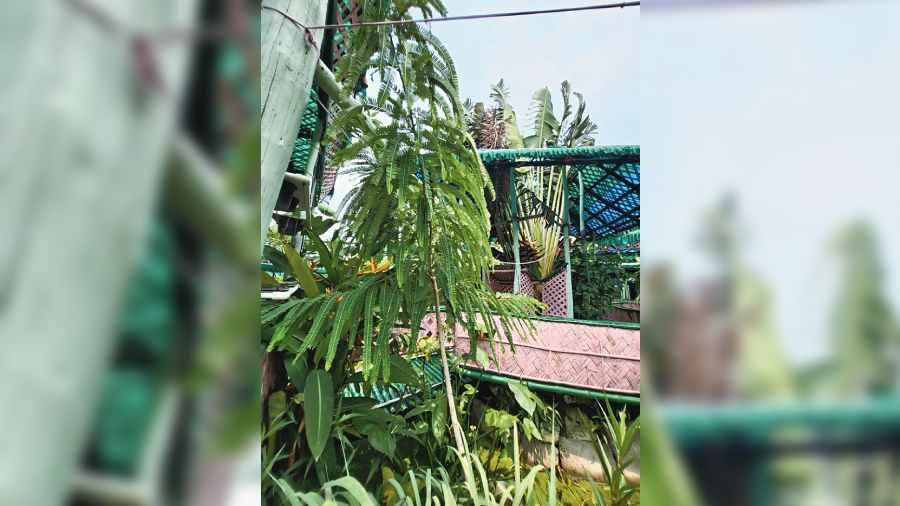Kolkata is the first metro city in the country to prepare a detailed register of biodiversity, mayor Firhad Hakim said.
Kolkata Municipal Corporation released the People’s Biodiversity Register (PBR), a document with details about the floral and faunal varieties in the city as well as its land use and human activities, on Saturday.
The document is prepared by the biodiversity management committee (BMC) of the civic body under the supervision of the state biodiversity board and with help from NGOs.
“On the eve of UN International Biodiversity Day (22 May), we released the People’s Biodiversity Register (PBR) for the city, the first-of-its-kind report of any Indian metro,” Hakim told this newspaper. “It is also a key document in the fight against climate change.”
V.B. Mathur, chairman of the National Biodiversity Authority (an autonomous body, under the Union forest and environment ministry, that looks after the national biodiversity programme), said on Sunday: “Kolkata is definitely the first major metro to prepare the PBR. Chandigarh and Indore are other important cities which have prepared the document.”
The mayor said the civic body was planning to set up pockets of urban forestry to further improve the city’s greenery quotient. Stringent orders, he said, have been issued to the police and the civic staff to protect water bodies and their biodiversity.
Recently, the National Forest Report pointed out that Kolkata had the least greenery among all metros.
“Kolkata’s achievement is definitely a proud moment for us,” said state environment minister Ratna De Nag, during a programme organised by the state biodiversity board at Science City on Sunday.
The 520-page biodiversity register of Kolkata, a copy of which is with The Telegraph, has documented 138 species of trees, 26 types of Chinese vegetable, 33 species of medicinal plants and about 100 other plant species.
“The report also documented around 290 animal species, including about 70 species of butterflies, 47 varieties of fish, 84 varieties of birds and 22 varieties of mammals, based on the data sourced from 144 wards in the city. The report covers hotspots such as the East Kolkata Wetlands and Rabindra Sarobar,” said Debasish Kumar, mayoral council member and also chairman of the city’s biodiversity management committee.
“Apart from generating data through on-ground surveys, focused group discussions and interviews, we also used Google-based maps to document water bodies, green verges and other landscapes,” said an expert associated with a non-profit that played a key role in the documentation.
“We have started a formal process of coordination within 10 government departments to conserve and promote biodiversity in the state,” said Himadri Sekhar Debnath, chairman of the state biodiversity board during the programme on Sunday. “We are keen to support the KMC in setting up biodiversity parks.”
Debnath also said the board, in tandem with Calcutta University, had undertaken a major programme to promote microbial fertilisers and pesticides in the state, which, apart from being cost effective compared with chemical fertilisers now in use, will help protect the ecosystem better.
“We have also taken a programme to preserve around 5,000 to 6,000 indigenous seed varieties,” Debnath said.








